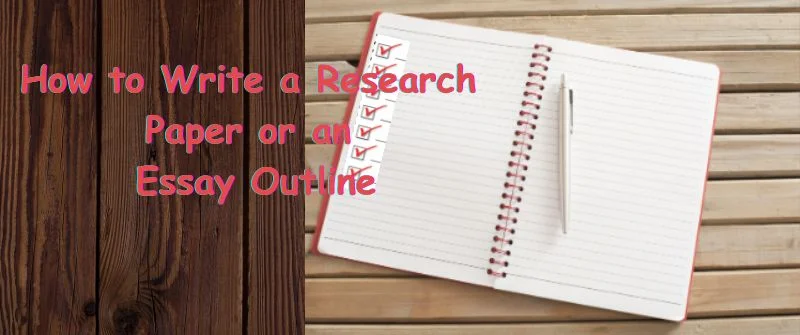Can you use References in the Introduction paragraph of an Essay
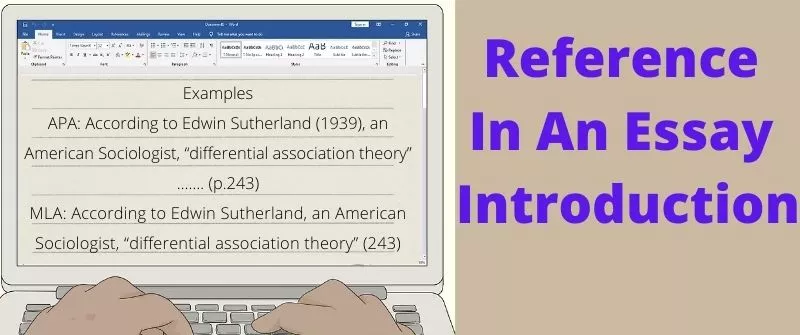
Information that is extracted from sources must be cited, even if the citation is in the introduction of your essay. Essay introductions are very important. But can you use references there?
They must grab the attention of the reader. If the definitions used in the introduction are extracted from a source, they must be cited to avoid plagiarism.
It’s not necessary to use references in the introduction paragraph of an essay if it is not required to do so. Do not use citations in the essay’s introduction if there is no need to include any work from external sources.
However, you can use references if the introduction must have an external citation that presents the topic.
When including citations in the introduction, make sure you consider the introduction’s word count. Introductions should not be too long. An introduction should comprise 5% of your essay.
Your credibility as a student or a writer is damaged if you use information from sources and you do not cite it. In-text citations are mostly used in introductions. These are citations that are inserted in the main text of your paper.
APA and MLA guidelines do not prohibit or require the use of citations in an introduction. APA and MLA provide sample papers on how to reference in essay introductions. It does not mean that they are required.
It is the choice of the writer to use them or not. Interesting statistics used to capture the attention of the readers should be cited.
Need Help with your Homework or Essays?
Why use References in an Introduction Paragraph
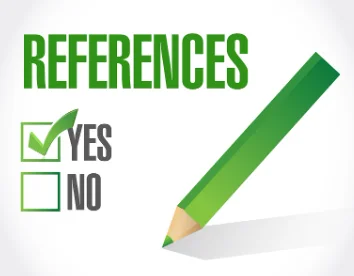
The main reason why introductions should be referenced is to avoid plagiarism. This ensures that it is clear which ideas are your own and which are borrowed from other people and sources.
Referencing an introduction is important to acknowledge the work of other writers and researchers. Words or ideas of other writers should be cited.
Credit should be given to the writers of the work you have borrowed. It is a way of respecting the intellectual property rights of the writer.
References provide evidence that supports any claim or assertion in the introduction. This shows that you know the field you are introducing.
Using references in your introduction helps map your discipline’s space. You can easily navigate through the essay because you already know the route to follow.
The depth and breadth of your work are shown by references. Referenced work is detailed more than unreferenced work. References verify the introduction of your work.
If the introduction of your work is plagiarized, it is likely not to make it to print or into websites. A plagiarism-free paper will likely pass through all editing stages with minimal criticism. It is, therefore, important to attribute and cite all sources used in the introduction.
Why you Should not use References in an Introduction
Though referencing is not prohibited in introductions, it is good to avoid it in introductions. Introductions should not be too long. Every reference needs backing up, making your introduction longer than expected.
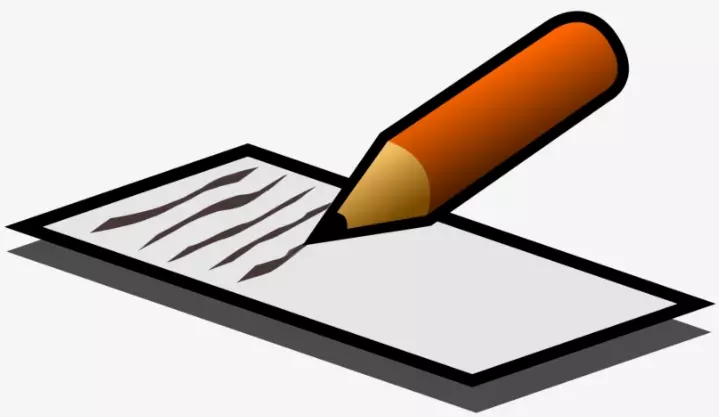
Introductions should include common knowledge that is available from many sources.
Common knowledge makes your introduction essay easier to understand.
Common knowledge should not be referenced.
Introductions should include general and observable facts that should not be referenced too.
Facts that are observable easily and generally accepted do not need to be cited.
Most introductions should have original ideas that will be talked about in the essay. There is usually no need to cite original ideas.
When references are used in the introduction of the essay and do not help grab the reader’s attention, then the references have not served their purpose in the introduction. Everything in the introduction should be simple and easy to grab the reader’s attention.
It is important to note that if information in the introduction was taken from different sources, it should be referenced to avoid plagiarism. In-text citations are mostly used in introductions.
Can you use References in a Summary?
Though references can be used in summary, new references should not be used in summaries. Summaries require writers to provide an account of the main points discussed in the essay.

References introduced in the summary may not be discussed fully because you have no space to do so.
The length of summaries is limited.
A summary is not a section where new ideas are introduced.
Ideas that have been introduced in the essay should be analyzed as main points in the summary.
APA referencing style provides samples on how to include references in summaries.
It does mean that it is prohibited or required. When references are used in the summaries they allow you to construct a better ending.
Yes, you should not be pulling a whole new argument, but a reference in your summary can help give it that refreshing touch just like the introduction and the body of your essay.
The convention of writing essays can be broken depending on the environment and scope of the work. It is up to the students and their instructors to determine whether or not to use references in essays.
Do you use References in the Conclusion?
Conclusions present the final answer of your essay or your main stand. It is unnecessary to reference your thoughts. Your thoughts are original. They don’t need referencing.
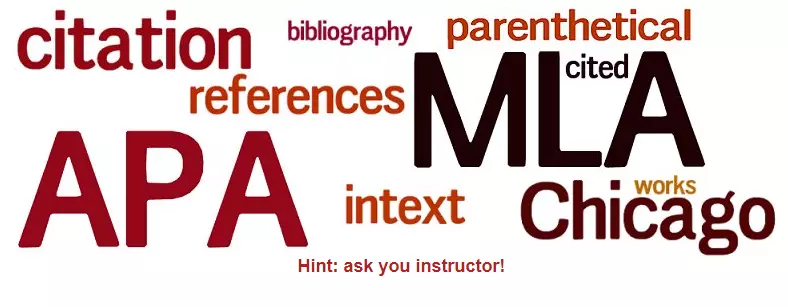
Conclusions answer the statement of the problem in the introduction of your essay.
No new ideas should be introduced in the conclusion.
This is why references are rarely used in conclusions.
The length of essay conclusions is limited.
References introduced in the conclusion will have to be explained, increasing the length of your essay. APA and MLA have samples of how to reference in the conclusion.
This means that it is not entirely prohibited. Ideas such as quotes that are used in the conclusion to stamp more authority should be referenced.
Ideas that are common knowledge do not need to be referenced. Whether or not to include references in the conclusion is the decision of an institution or an instructor.
Some institutions allow the use of references in conclusions while others do not. Instructors when given instructions on how to write an essay, can specify whether or not references can be used in a conclusion.
Get a Brilliant Essay today!
Let our essay writing experts help you get that A in your next essay. Place your order today, and you will enjoy the benefits.
How to Cite Sources in Introduction or Conclusion
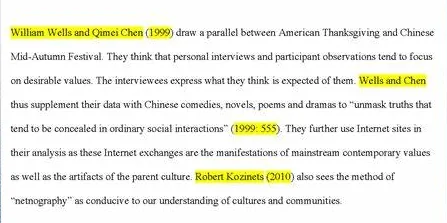
In-text citations are mostly used in introductions and conclusions of essays. These citations are inserted in the main text of your paper. They let readers know where specific information was picked from.
In-text citation helps prevent plagiarism and gives writers credit for their work. All information that is borrowed must be cited to avoid plagiarism.
In-text citations are used in your paper using parentheses or a signal phrase.
Read more on how to mention an author in an essay and get insights on how this is done, whether using APA or MLA referencing styles.
1. Using a Signal Phrase
The author’s name is introduced, and page numbers are used at the end of the quotation or paraphrase. It aims to signal to the reader that a citation is coming soon in the introduction or conclusions.
Signal phrases can be used to cite information that appears for the first time in your essay. After that, you can use parenthetical citations. This is not recommended in your introduction or conclusion because it will make them long.
Examples
APA: According to Edwin Sutherland (1939), an American Sociologist, “differential association theory” ……. (p.243)
MLA: According to Edwin Sutherland, an American Sociologist, “differential association theory” (243)
2. Using Parenthetical Citations
Parentheses are used to show where the information used in the introduction or conclusion comes from. The author’s name must be included. In some cases, the page number and the year are included.
Examples
APA: the differential association theory is……… (Sutherland,1939, p.263)
MLA: the differential association theory is……… (Sutherland 243)

Josh Jasen or JJ as we fondly call him, is a senior academic editor at Grade Bees in charge of the writing department. When not managing complex essays and academic writing tasks, Josh is busy advising students on how to pass assignments. In his spare time, he loves playing football or walking with his dog around the park.

